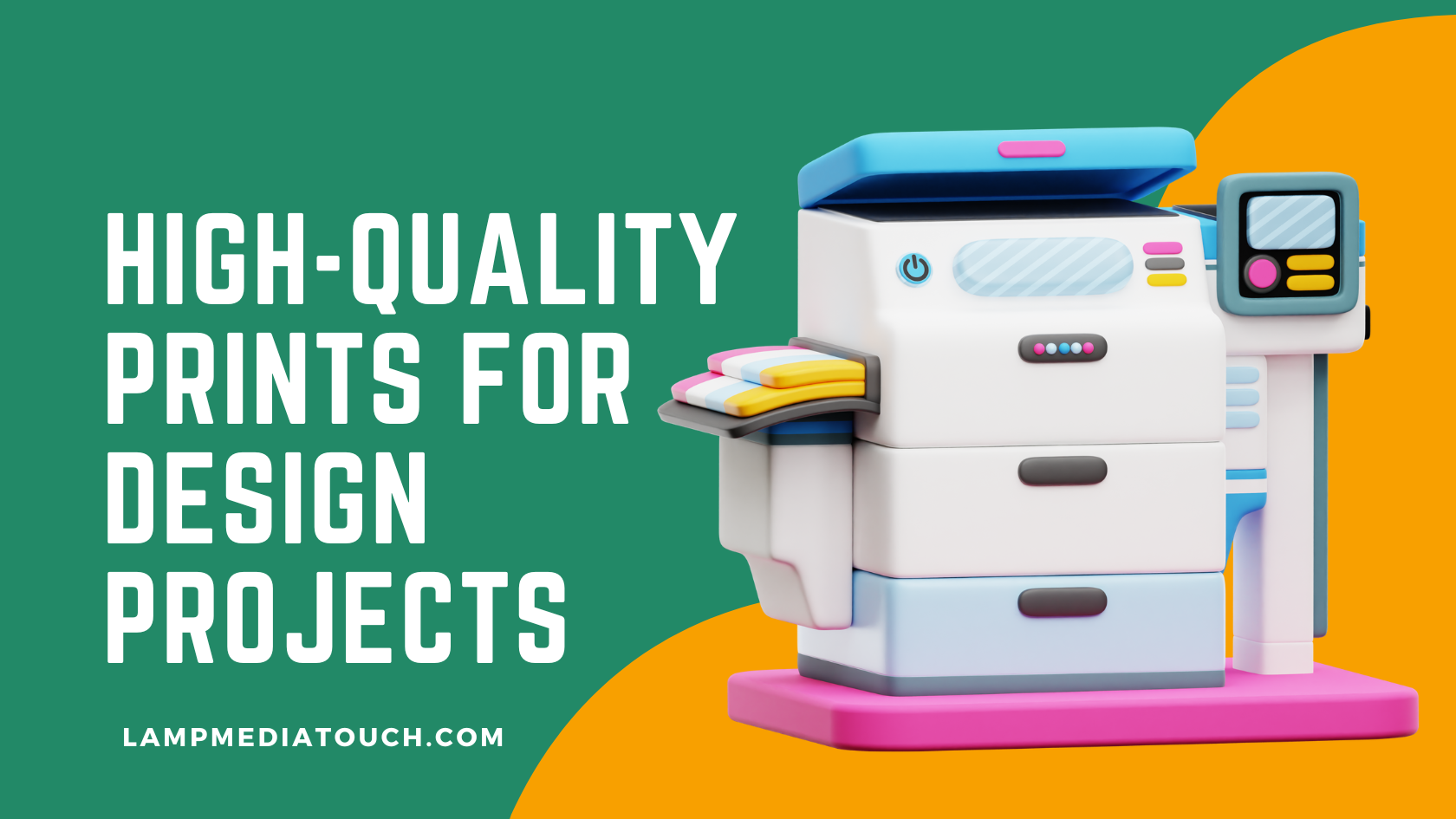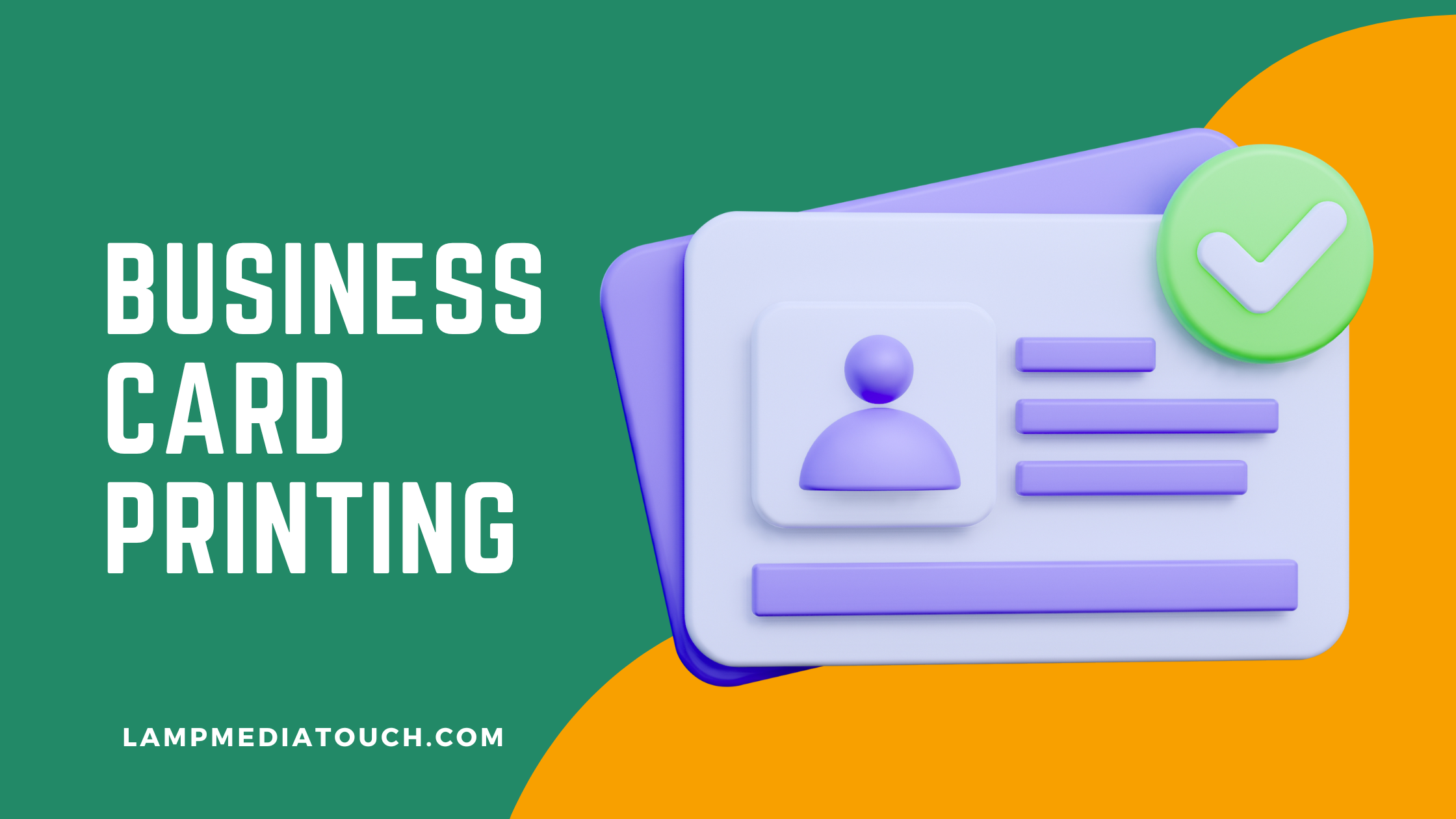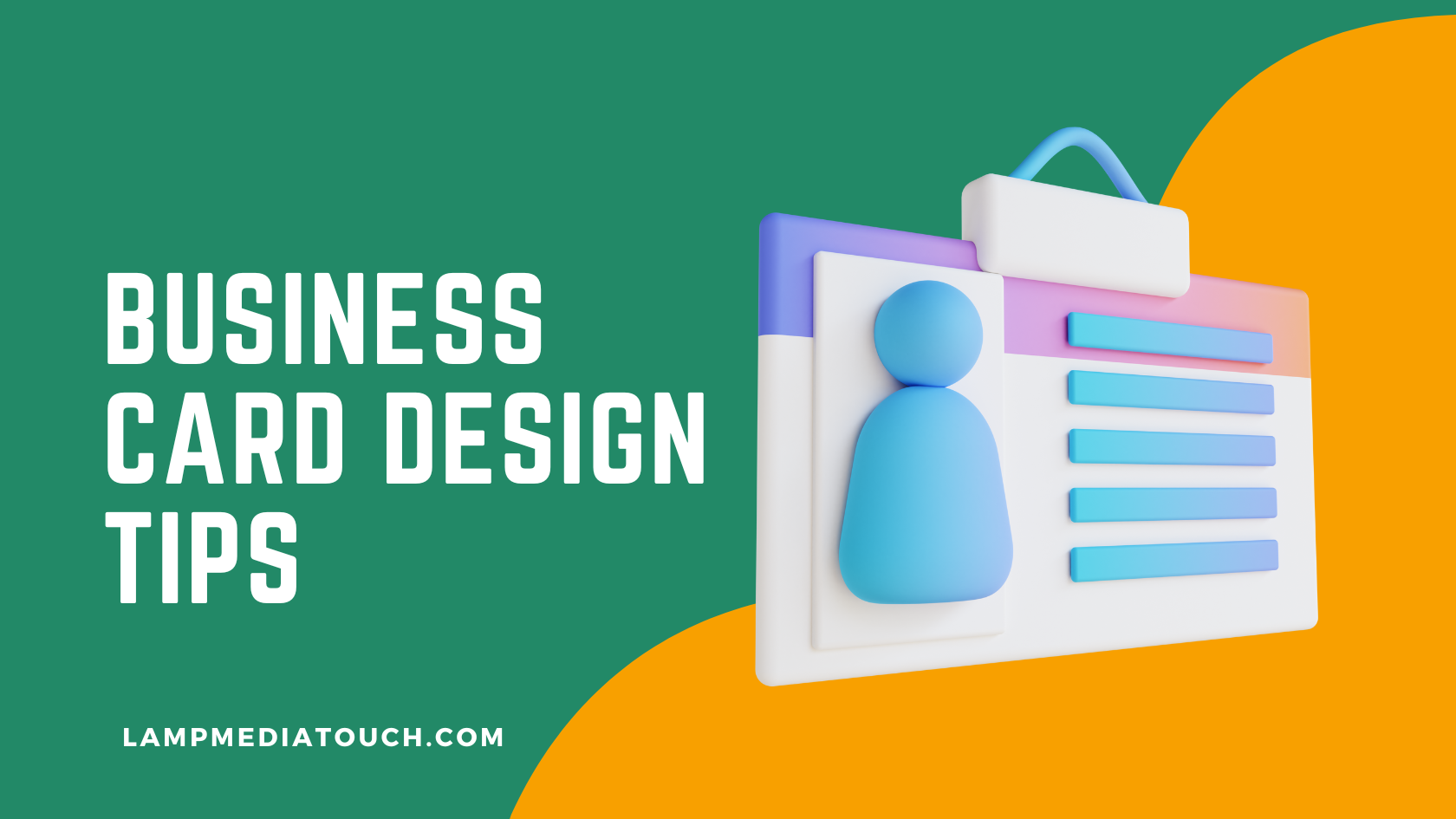Printing is a crucial aspect of design projects. Whether it’s creating marketing materials, flyers, or posters, the quality of the print can make or break the project. Achieving high-quality prints requires attention to detail, precision, and the right tools. In this article, we’ll cover the steps you need to take to achieve high-quality prints for your design projects.
Understanding the Basics of Printing
Before diving into the details of high-quality printing, it’s essential to understand the basics of printing. Printing involves transferring an image or text onto paper or other media using ink or toner. There are several printing techniques, including offset printing, digital printing, and screen printing. Each technique has its advantages and disadvantages, and choosing the right one depends on the project’s requirements.
Offset Printing
Offset printing is a traditional printing technique that involves transferring ink onto a rubber blanket from a plate and then onto paper. It’s ideal for large quantities of prints and can produce high-quality prints with vibrant colors and sharp images.
Digital Printing
Digital printing is a modern printing technique that involves transferring digital files directly onto paper. It’s ideal for small quantities of prints and can produce high-quality prints quickly and it’s cost-effective.
Screen Printing
Screen printing is a technique that involves transferring ink onto paper using a stencil and a mesh screen. It’s ideal for printing on various media, including fabric and plastics, and can produce high-quality prints with vibrant colors.

Steps to Achieve High-Quality Prints
Now that we’ve covered the basics of printing, let’s dive into the steps you need to take to achieve high-quality prints.
Step 1: Use High-Quality Images
The quality of the print depends on the quality of the image. To achieve high-quality prints, use high-resolution images with a resolution of at least 300 DPI (dots per inch). This ensures that the image is sharp and clear, even when printed in large sizes.
Step 2: Choose the Right Paper
The choice of paper can make a significant difference in the print’s quality. For example, glossy paper is ideal for prints with vibrant colors, while matte paper is ideal for prints with a soft, subtle look. Cards are perfect for printing business cards, wedding invitations, important business documents, promotions, arts and crafts, and more. Choose a paper that complements the design projects and enhances the overall look of the print.
Step 3: Calibrate Your Monitor
Calibrating your monitor ensures that the colors on the screen match the colors in the print. Use a color calibration tool to calibrate your monitor and ensure accurate color reproduction. A properly calibrated monitor will accurately show you the colors in your images, so when you send them to the printer, the final output will come as intended.
Step 4: Use the Right Printing Technique
Choosing the right printing technique depends on the project’s requirements. Offset printing is ideal for large quantities of prints, while digital printing is ideal for small quantities of prints. Screen printing is ideal for printing on various media, including fabric and plastics.
Step 5: Print a Test Page
Before printing the final product, print a test page to check the colors and overall quality of the print. This ensures that any issues are identified and fixed before printing the final product.
Step 6: Work with a Professional Printer
Working with a professional printer ensures that the project is executed correctly, and the final product meets the requirements. A professional printer has the right tools and expertise to achieve high-quality prints and can provide valuable insights and recommendations. Lampmediatouch is a hub you can trust for your printing services.
Tips for Achieving High-Quality Prints
In addition to the steps above, here are some tips to help you achieve high-quality prints for your design projects.
Use Vector Graphics
Vector graphics are ideal for printing as they are resolution-independent and can be scaled without losing quality. Use vector graphics for logos, illustrations, and other design elements.
Pay Attention to Color
Color is a crucial aspect of printing. Ensure that the colors are accurate and consistent throughout the design. Use a color palette to maintain consistency, and avoid using too many colors that can cause color distortion.
Use Bleed and Margins
Bleed and margins are essential for printing. Bleed is the area beyond the design that is trimmed off after printing to avoid white borders. Margins are the space around the design that ensures that important elements are not cut off during printing. Use bleed and margins to ensure that the final product looks professional.
Choose the Right Font
The choice of font can impact the readability and overall look of the print. Choose a font that complements the design and is easy to read. Avoid using too many fonts, and ensure that the font size is appropriate for the print size.
Optimize Images for Printing
Optimizing images for printing can improve the quality of the print. Resize the images to the appropriate size and ensure that the resolution is at least 300 DPI. Use image compression tools to reduce the file size without compromising the image quality.
Use the Right Ink and Printer Settings
Using the right ink and printer settings can significantly impact the quality of the print. Use high-quality ink and ensure that the printer settings are optimized for the type of paper and printing technique used.
Conclusion
Achieving high-quality prints for design projects requires attention to detail, precision, and the right tools. Understanding the basics of printing, choosing the right paper, calibrating your monitor, using the right printing technique, printing a test page, and working with a professional printer are all essential steps to achieving high-quality prints. Following the tips above, such as using vector graphics, paying attention to color, using bleed and margins, choosing the right font, optimizing images for printing, and using the right ink and printer settings, can help you achieve even better results.
What is the best paper for high-quality prints?
The best paper for high-quality prints depends on the project’s requirements. Glossy paper is ideal for prints with vibrant colors, while matte paper is ideal for prints with a soft, subtle look
How do I know if my monitor is calibrated correctly?
You can use a color calibration tool to calibrate your monitor and ensure accurate color reproduction.
Can I achieve high-quality prints using my home printer?
While it’s possible to achieve high-quality prints using a home printer, working with a professional printer is recommended for the best results.
How do I optimize images for printing?
Resize the images to the appropriate size and ensure that the resolution is at least 300 DPI. Use image compression tools to reduce the file size without compromising the image quality.
What is bleed and why is it important?
Bleed is the area beyond the design that is trimmed off after printing to avoid white borders. It’s important for ensuring that the final product looks professional and polished.





